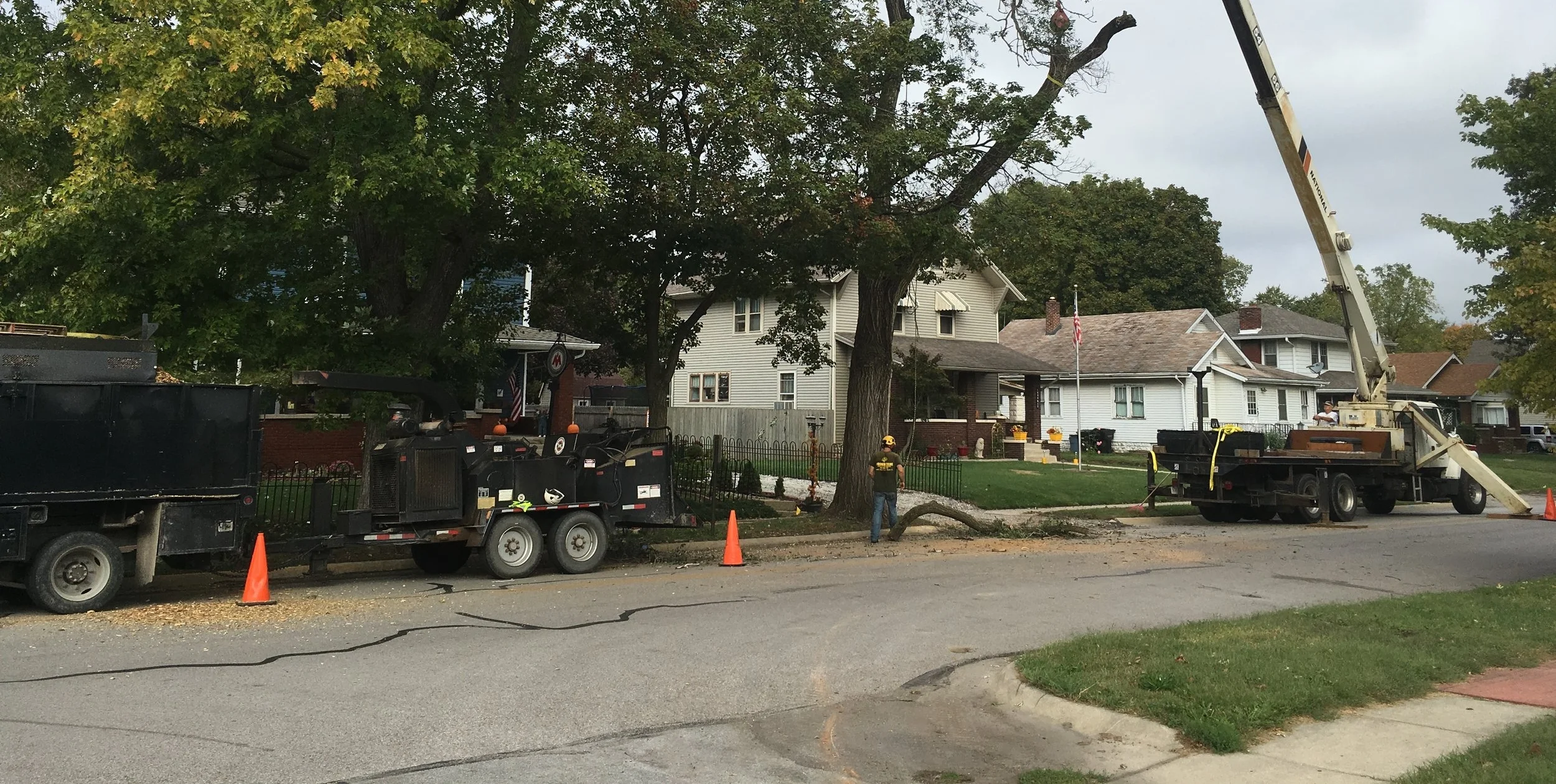Where Are All The Beautiful Fall Colors?
/If you haven’t noticed lately, the bright reds, oranges and yellows are just now showing up this year. It seems it a little later this year than years past, so why is that? It turns out there’s a lot more to these colors than you might expect. “The timing and intensity of fall colors do vary, depending on factors such as availability of soil moisture and plant nutrients, as well as environmental signals such as temperature, sunlight, and length of day.” (Purdue Extension) “As the days grow shorter and temperatures cooler, the trees use chlorophyll faster than they can replace it. The green color fades as the level of chlorophyll decreases, allowing the other colored pigments to show through.” (Purdue Extension)
For us here in Indiana, it’s been a very hot September and October, which means the trees still think it’s summer! Now that it’s cooling down at night, we will start to see those beautiful color’s come through in the next few weeks. “A succession of warm, sunny days and cool, crisp but not freezing nights seems to bring about the most spectacular color displays. During these days, lots of sugars are produced in the leaf but the cool nights and the gradual closing of veins going into the leaf prevent these sugars from moving out.” (US Forest Service) So make sure you enjoy the next few weeks of warm days and cool nights, and take in all the beautiful fall colors, because they’ll be here shortly!
Browning Tree Service is a proud member of Indiana Arborist Association and International Society of Arboriculture, serving the West Lafayette and Lafayette, Indiana area!
Resources:
https://www.purdue.edu/hla/sites/yardandgarden/look-for-fall-color/

















